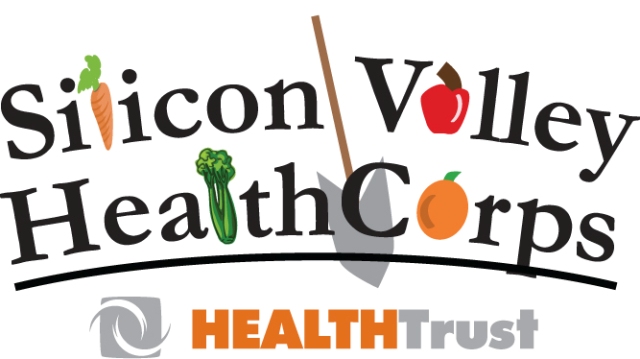
One of my favorite memories from the Garden and Nutrition Workshop was with Rahul Ray, a two and a half year old boy that absolutely LOVES cars and gets easily distracted with his favorite green toy car that is always in his possession. In the beginning, Rahul would play with his car and seemed uninterested in any of the activities. However, slowly yet evidently this changed. Rahul started participating and later became an active participant in our activities.
In one of the workshops, we made vegetable soup and Rahul sipped the all soup and ate all the vegetables until the bowl was completely emptied. Even his mother was shocked! She told us that before this workshop, Rahul was very reluctant to try vegetables and she would never imagine him eating vegetable soup like he did. She also told me that at home he would demand vegetables from her and her husband. And, when they asked him why he wanted to eat vegetables he said, “Because it’s good for you!” and he would tell them the he had learned it in “school.”
Stories like these are reasons why I became so attached and inspired to work the community. It’s fascinating how these young minds can grasp such an understanding and change the way they view fruits and vegetables. It is even more amazing to see families transform their eating habits and change their lifestyle to be healthier. Especially with my nutrition background, you cannot even start imagine how proud and honor I am to partake in such wonderful experiences. I will forever be appreciative to what Silicon Valley HealthCorps has given for me.









